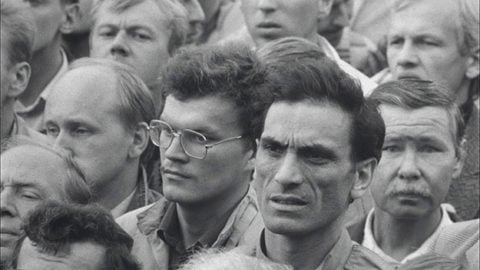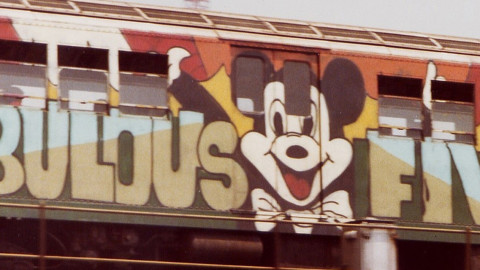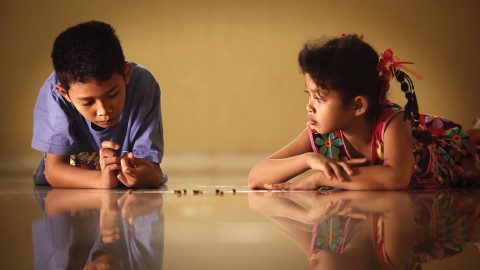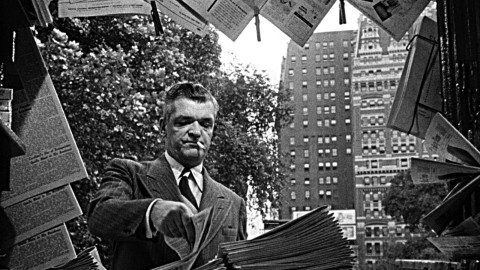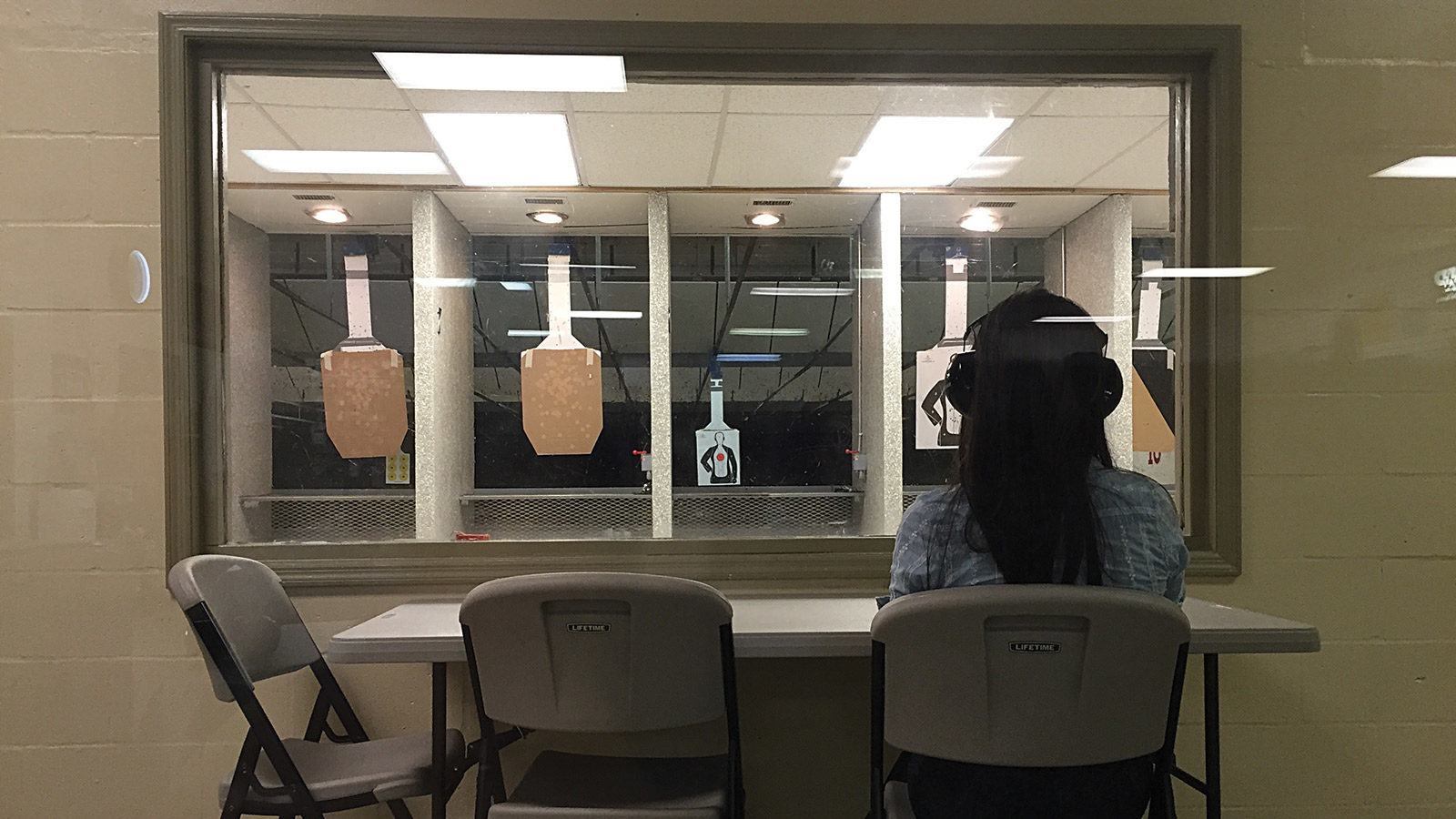
Shooting the Messenger
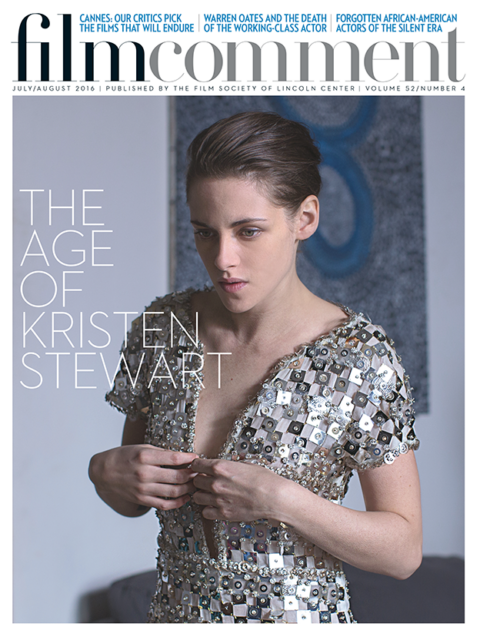
[ 1 ]
We look for the sermon in the suicide, for the social or moral lesson in the murder of five. We interpret what we see, select the most workable of the multiple choices. We live entirely, especially if we are writers, by the imposition of a narrative line upon disparate images, by the “ideas” with which we have learned to freeze the shifting phantasmagoria which is our actual experience.
—JOAN DIDION, The White Album
Kate walks quietly, though not unnoticeably, through a double threshold into the action area of the Take Aim Gun Range. Even in the early morning on a hot July weekday in strip-mall Sarasota there are shoppers and shooters around, and surely they’ve all at least taken note of the porcelain-skinned, almond-haired beauty with the blue, blue eyes wearing the light blue, blue jeans and loose-fitting pale blouse. Kate puts on the bulky noise-canceling headphones, looking not unlike she might when insouciantly grooving on the New York City subway, then proceeds to fire off a round, upending what you’d expect from the porcelain skin and blue eyes and what-am-I-even-doing-here look on her face. Or maybe it’s a look of agitation. Or maybe she’s nervous. Or maybe there’s no real information on her face or in her non-Floridian-in-90-degree-June attire. She plugs crisp holes into the red circle heart repeatedly of the faceless figure on the generic paper target 10 yards away. Cool, calm, coldhearted, precise. Bull’s-eye. Even through two walls of thick glass, the violence splits silence and sustains.
While Kate Lyn Sheil takes aim with a revolver, Sean Price Williams takes aim at Kate with a Sony PXW-FS7 XDCAM, his six-foot-three-inch-tall vantage and zoom lens giving him a clear view over Kate’s shoulder at the holes she’s directing into the bull’s-eye, the importance of which is currently unclear, though now that she’s proven so adept—unforeseen and unplanned and caught on camera—it’s likely to be exploited, for whatever it’s worth, for whatever worth can be given, in the edit. I know this because the editor, Robert Greene, who is also the director, who is also recording sound, is standing behind Sean and looking pleased, leaning in to confirm did we get that? It’s one moment among many this morning, and in this film production, that’s both captured and made, coincidental and constructed, actual and virtual. The filmmakers haven’t happened upon the Take Aim Gun Range—it was found by a hyperactive local fixer named “Location” Larry Weisbaum (one of the many Noo Yawk–accented transplants that make Sarasota seem less than a world away from the Metropolis-based crew). Having originally scheduled the shoot for two days later, and at a different strip-mall spot in town, the film’s on-the-ground producer, Bennett Elliott, slotted it before the next item on today’s call sheet, “Kate watches more violent videos”—which would transpire, after a pleasant Thai lunch, in the single-story bungalow by Lido Beach that’s doubling as crew crash pad and active film set. Meanwhile, Kate’s doubling as a person in a West Florida gun range and an actress playing a person in a West Florida gun range; Sean’s doubling as creator and capturer; Robert’s doubling as puppeteer and provocateur; and all the while I’m doubling as embedded journalist and friend of the filmmaker with too much time on his hands.
The objective and the subjective don’t cancel each other out here so much as they lie together, entwined and in combat, coterminous and mutually mystified. We’re on location for Kate Plays Christine, Greene’s documentary about a feeble re-creation and mostly fruitless investigation of the largely unremarkable life of a deceased woman nobody seems to remember, Christine Chubbuck. The Sarasota-based anchorwoman killed herself on camera 42 years ago this July 15; it’s an event that eerily echoed with Paddy Chayevsky’s script for Network but thus far has inspired mostly headshakes and blank stares from the locals. Though the broadcast was recorded that morning, the tape hasn’t been seen publicly since, leaving Greene with only a single Washington Post feature story, written by Sally Quinn the month after Chubbuck’s death, upon which to base his film. Yet it’s this dearth of information that seems to motivate him—not for rectifying, but rather for dwelling upon. Chubbuck is a blank slate that Greene is elaborately, often mystifyingly trying not to mark up.
After she disappears into the gun-range restroom, Kate reemerges as a woman with jet-black hair and thickened eyebrows and a chambray button-up tucked into tight, high-waisted Jordaches, the ’70s-era, wig-enhanced costume of Chubbuck, who took her own life with a gun much like the one Kate’s holding right now. Time and space are disoriented, or at least that’s the moment’s purplish elevator pitch—conjuring a long-dead local woman’s harrowing story, a contrived phantasmagoria to echo the actual. And yet that’s still Kate Lyn Sheil in a wig. And yet to the yet, that’s still live ammunition in the gun. Kate may be an actress dolled up in an idea (a yet to the yet’s yet), but she’s not firing blanks, and she’s not missing the target. She takes pointers from the kind, pleasantly unfazed house expert, raises the pistol, and drills the bull’s-eye from 10 yards out. Kate—as Christine but with a real revolver—is about a foot and a half, and one quick reflex, from doing the undoable that brought us all here, from sending us into paroxysms of morbid wonder and conjecture, from was it an impulse or a plan, from was it a professional rejection or a boyfriend thing, from was it the blues or the black chasm of nothingness, from what was that look on her face and what did she say and do just before. We’d manufacture a sermon for her suicide, much as Chubbuck’s death spoke of the sensationalism of the media, or the sadness of a single, virginal 30-year-old woman, but deep down I would know, from Kate’s poker face, from the fact that 10 minutes ago we were chatting about classic rock in the back of a minivan, from the fact that we barely know each other and have never talked about what moves and frustrates and haunts us, that I would never know.
Eyeing Kate and Sean and Robert and the disclaimer that “Location” Larry has posted on the wall, a customer asks what this is all about. “Some kind of documentary,” the man behind the counter says. “I don’t know what it’s for.”
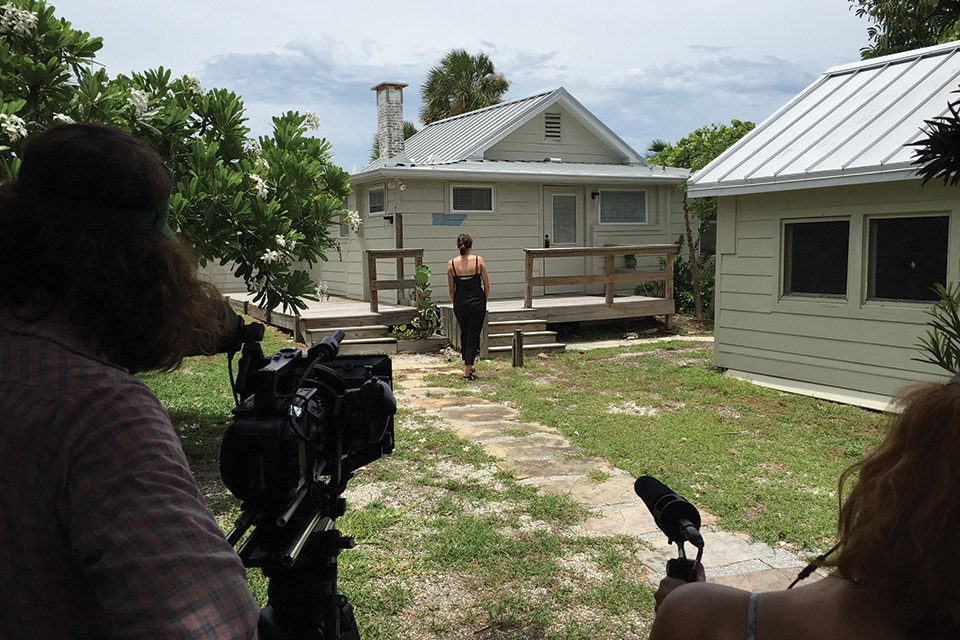
[ 2 ]
The same holds for the current wave of nonfiction filmmakers, who don’t even have a mutually agreed upon, inadequately descriptive term to pin on themselves. (Creative Nonfiction? Cinematic Nonfiction? Hybrid Documentary? Chimeric Nonfiction? Formalist Friskies?) Are Bill and Turner Ross part of the movement? Is Penny Lane? Is Margaret Brown? Is Michal Marczak? Yes to these? Okay, well what about Errol Morris or Jean-Luc Godard, each at least a generation older than the others, each scarred from previous historical battles over form? Wolfe et al openly mocked The New Yorker in the early 1960s, and yet there’s a clear line from two of the magazine’s greatest writers, John Hersey and Lillian Ross, to New Journalists like Truman Capote and Grover Lewis. Similarly, there’s a line from the makers of Direct Cinema (D.A. Pennebaker, the Maysles Brothers), First Person documentary (Jonas Mekas, Ed Pincus), and late-’60s hybrid films (by William Greaves, David Hoffman, Peter Whitehead) to today’s flowering of impulses and genres.
“It’s journalism that reads like fiction and rings with the truth of reported fact,” is how Weingarten ultimately pegs New Journalism, but even that’s too specific, too delineating. Some of the best works of that era don’t actually read like fiction—they read like something else, as they ought to. Authors become characters (Norman Mailer in The Armies of the Night, Joan Didion in The White Album), reporters interrogate and implicate themselves (Gay Talese in Thy Neighbor’s Wife), subjectivity overtakes objectivity (Hunter S. Thompson, famously), and perspective shifts from third to first to second person (Wolfe, regularly), none of it aping fiction but rather testing the elasticity of nonfiction. As it happened the form could handle it. Which was lucky, because the creeping unfamiliarity of the world, as Didion would masterfully explore, certainly seemed to demand it.
Nonfiction as searching, nonfiction as continually becoming, writing and films that are intentionally and strenuously not one thing, often call to mind the William H. Gass essay, title, and idea “Finding a Form.” The gerund makes it active. It’s always in process. It’s never definitely “found.” In documentary, endeavoring to find a form takes truth and experience seriously enough to want to feel around for the right mode of expression, and ideally with the humility, or self-awareness, to know that the chosen mode won’t ever be a perfect seal. As a writer reaches for a word, or a metaphor, to articulate an observation, the filmmaker contemplates a shot, an angle, an apt or evocative sequence of shots within a work filled with carefully chosen and constructed sequences. They select subjects—not the same as casting actors, though also not wholly different, and to a similar functional end—to represent communities, setpieces to represent ways of being, dramas supposing generalities. Wolfe slides into sentence fragments, privileging rhythm and voice to get at the cacophony of the event and the culture of the room; with Leviathan (12), Lucien Castaing-Taylor and Véréna Paravel offer only visual and audio fragments, extended shots and limited perspective to get at the culture of a very particular place. Grover Lewis writes extended celebrity profiles constructed almost entirely from quotes; ditto Asif Kapadia with Senna (10) and Stevan Riley with Listen to Me Marlon (15). Norman Mailer emits a torrent of insight and ego, demonstratively devouring ideas and methods to conflate the objective with the subjective; Victor Kossakovsky, with Vivan las Antipodas! (11), spans the globe to draw parallels between societies and peoples, his ambitions and bombast accommodated by the epic canvas.
Within all of that thought and care devoted to form, within the worrying over the shape and matter of film, is a desire to more deeply and sincerely grapple with the real world. Reality, or more accurately a reckoning with reality, dictates form.
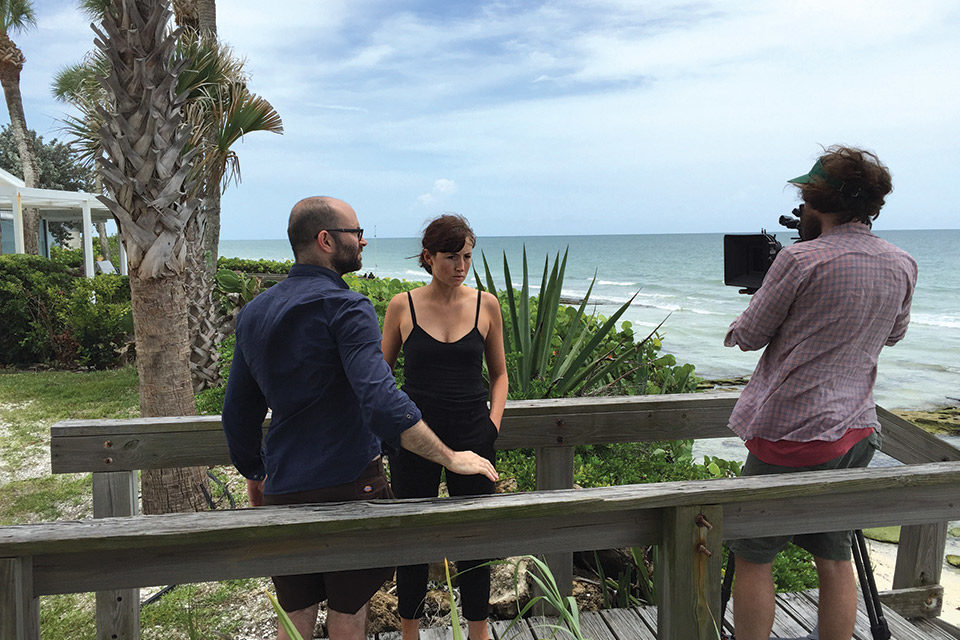
[ 3 ]
It has long been my belief that realism is fantastic, that the dreams and drives of modern Americans, if rendered with a depth of understanding and accuracy, can be as socially significant and as historically useful as the fictional lives and situations created by playwrights and novelists… By writing about real people whose lives are touched by the issues of our time, and by using the narrative techniques of fiction in telling their stories, I have attempted to make comprehensible the complexity, and sometimes the hypocrisy, of the society in which we live.
—GAY TALESE, Thy Neighbor’s Wife
She doesn’t need contacts—her vision is actually perfect. But what will it be like to look in the mirror and see brown eyes? Will she feel more like Christine? Is that even the expectation, and would that even be helpful to the film? They’ve known each other since the Kim’s Video days, but Kate’s never really worked on a film with Robert before. He doesn’t really know how to direct her, but that isn’t surprising considering he’s only made documentaries, and anyway it’s typical of most of the independent filmmakers she’s worked with over the years. They expect you to do all the work. They say collaboration, but what they mean is: make decisions for me. They say improvise, but it’s just because they don’t really know what they want. At least Robert has strong, clear ideas of what the film is, and his being hands-off makes sense with the idea of this as a documentary. So far it’s given her a lot of freedom—freedom to not feel like she has to supply the magic, freedom she’s currently using to just be, hang back, see how it develops. She’s reluctant to make the kinds of strong choices that would dictate the course of the film, that would lock her character—the one that’s synonymous with herself—into a mold she’d have to keep filling. It’s not like there’s a wrong way to play the part, but it would be easier if there were.
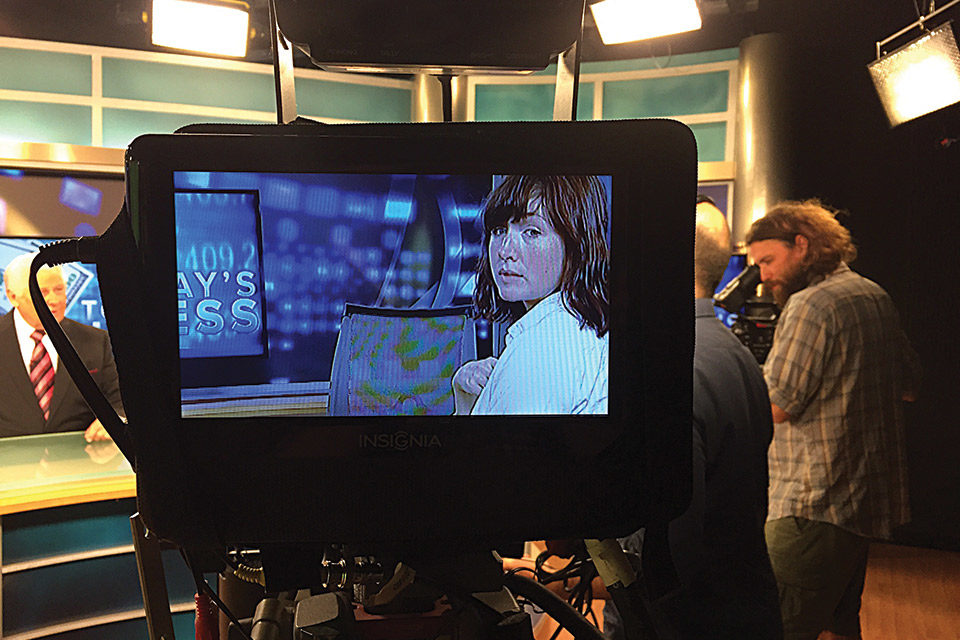
[ 4 ]
Today many documentary filmmakers are fighting, at a high and sophisticated level, against the idea that they’re mere journalists with video cameras, and for the idea that they’re artistic equals of filmmakers working with scripts and actors and make believe. They’re antagonistic toward issue-propelled projects, impact as an active verb, raggedness as shorthand for real, formal sobriety as being ethical. For inspiration they leap back to the Brechtian honesty of Jean Rouch; the expressive, empathetic camera of Albert and David Maysles; the time-funneling docu-novels of Frederick Wiseman; the kaleidoscopic audacity of Dziga Vertov; and fiction.
These reclamations have pointedly little to do with nonfiction as a journalistic enterprise—even if journalism remains in play. Until he was installed at the University of Missouri’s Murray Center for Documentary Journalism last year, Greene would speak frequently and witheringly about the fallacies of approaching nonfiction filmmaking journalistically. “I don’t want my films called ‘journalism,’” he once told a reporter. “There’s too many decisions made for story and cinematic purposes in the best nonfiction films for them to be considered ‘journalism.’” Echoing that is Joshua Oppenheimer (The Act of Killing), who said, “I don’t think of myself as a journalist; I have no training in journalism,” and furthermore that journalistic expectations represent “one of the biggest threats to nonfiction cinema as an art.” Predictably, Werner Herzog lowers the boom further: “Documentary film must divorce itself from journalism.”
Sometimes the distancing from journalism has been one of type, other times of degrees. But as this century has advanced, the rallying cry has been on behalf of documentary as an art form. And as a result, for different-minded filmmakers, some of whom have spent decades approaching the craft differently—whether they’re motivated by politics, social justice, investigative or reportorial impulses—such “we play by different rules” rhetoric can seem wayward, presumptuous, and lazy.
Yet removed from recent history, from the distinct economies of broadcasting and filmmaking, from perceptions and misperceptions around visual media, and, most crucially, from the semantic and widespread conflation of journalism with news reporting, there’s a tantalizing precedent for formally experimental nonfiction that’s still rooted in the rigors of reportage, as well as for the discussion around it.
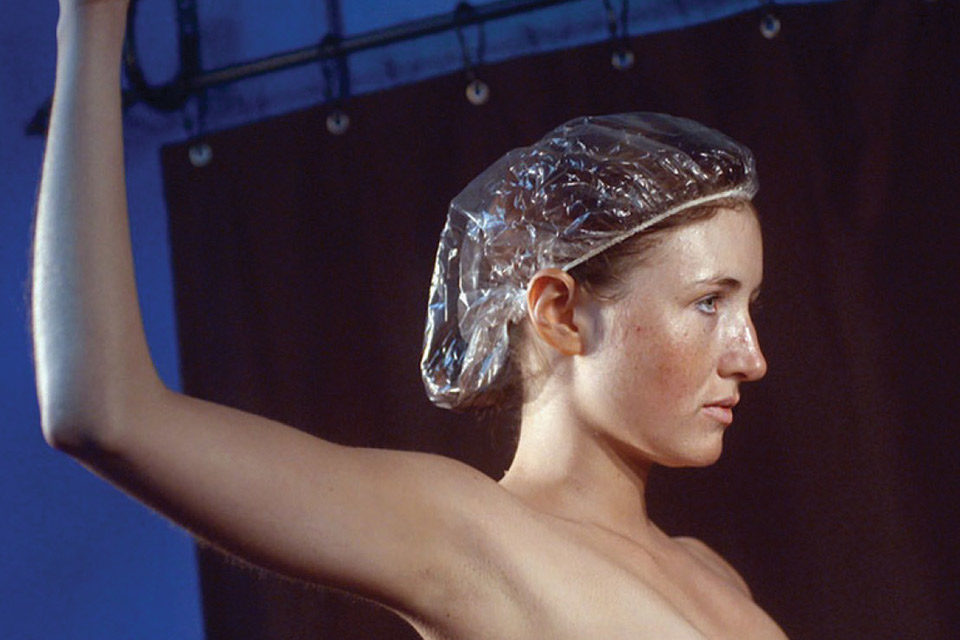
[ 5 ]
Weighing the book in my hand, I try to weight it in my mind as well—objectively, if possible. The narrative is sometimes crude, more often tasteless, and always bitter as distilled gall. But it is true—true to the bone-and-gristle life in this stricken, sepia-colored tag-end of nowhere. So it goes in the short-grass country. It’s hardly a thought to warm your hands over, but it occurs to me that I’ve been in Archer City only a scant few hours, and like that daughter’s mother in Thalia, I’m already a little sick of it, my own self.
—GROVER LEWIS, Splendor in the Short Grass: The Making of The Last Picture Show
I remember standing in Christine Chubbuck’s house, wondering what I was supposed to feel. After days of fruitless searches throughout the Sarasota area for people who knew her, of shoulder shrugs passing as interviews, we made our way to the home that she’d shared with her mother and brother at the time of her death. Others had lived there in the 41 years since, but somehow it was vacant at that time, and “Location” Larry scored a set of keys.
The crew was at the back of the house, shooting Kate’s emergence from the sliding doors of the breezeway to the windy vista of the ocean, which was about 10 yards and a single-story staircase from the house. While Kate toured the grounds for both the camera and her character work, I kept clear of Sean’s shots, poking around and taking my own pictures. What I found was actually too metaphorically rich: the house was gutted. Some of the electrical fixtures had been stripped. There were holes in a lot of the walls and ceilings, flooring missing in what seemed like the master bedroom. It felt haunted, but not necessarily by Christine. In fact there was nothing in that house to suggest her, or anyone for that matter. There was an absence of any particular absence. Yet we were officially closer to Christine than we’d ever been. A woman who once killed herself once lived here, and some people from New York worked hard to come to Sarasota to get to this place. That was the story. A story still searching for a story.
I was certainly still searching for mine. Over the previous years I’d grown close to Robert Greene, too close to write about his work in any normal journalistic capacity—and yet close enough to see things most don’t get to see, close enough to observe a process unconventional enough to merit an unconventional journalistic approach. Days into it, I still didn’t know what they were making; I still didn’t know if any of this was going to work, if it ever could work. The not knowing was intriguing. The not knowing could also be stifling. Meanwhile I played a 1970s TV cameraman in a reenactment scene, I hauled equipment, I made whiskey and Cokes for the crew, and I scribbled in a reporter’s notebook, as much for show as for the record. I often couldn’t tell if I was playing at being a journalist, or playing at being the friend. Both sounded about right, and both felt wrong.
Yet in the grim, windowless interior bathroom of the house, bafflingly laid out and dominated by a Lady of Shanghai–esque array of mirrors, in the shock of glancing at myself in that lifeless house shuttered from the sea, in this banal sense of meaninglessness at the end of this dogged search for meaning, I did feel something, and something to do with Christine Chubbuck, whoever she was. Not the sort of thing you’d be able to articulate in a normal story. Not the sort of thing for which there’s proof. Or testimonials. Or an explanation. Or a cure. Yet something that’s always there. The who, the what, the where, the why without answer. The real ghost. The idea for which we try to find images. The feeling for which we try to find words. All that finding may be inelegant. But it is true.
Eric Hynes is a journalist and critic, and associate film curator at Museum of the Moving Image in New York.
IN FOCUS: Kate Plays Christine opens in August.



